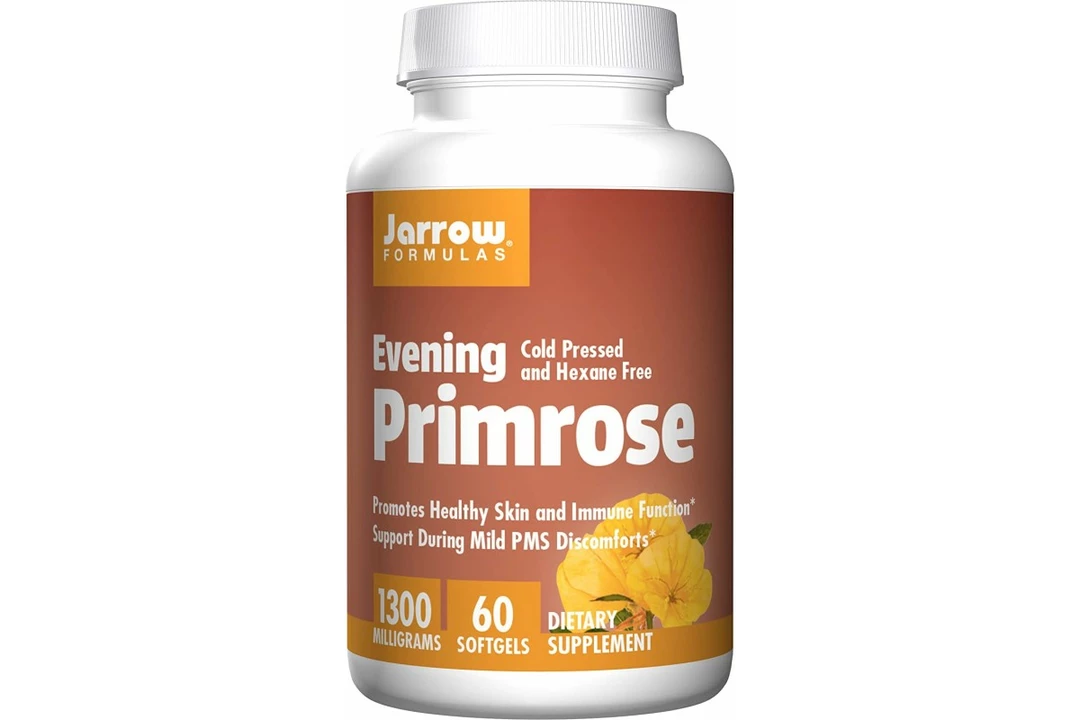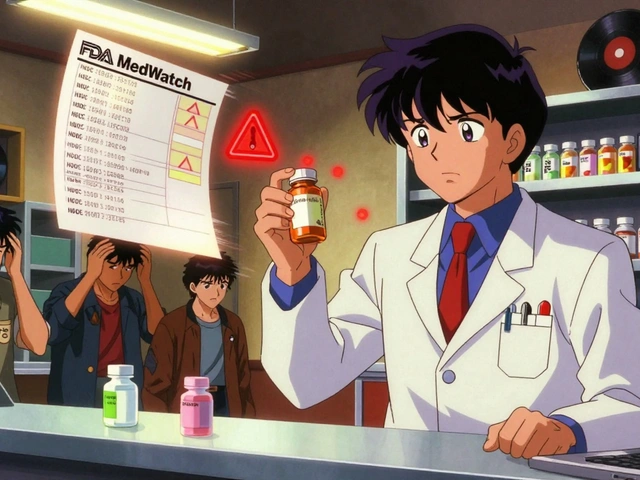Evening Primrose Supplements: Benefits, Dosage, and Safety
Could a plant oil really help with PMS, dry skin, or joint stiffness? Evening primrose supplements are simple and popular, but they’re not a miracle. This page gives clear, practical advice so you can decide if evening primrose oil (EPO) fits your routine.
Evening primrose comes from the seeds of the Oenothera biennis plant. The oil is rich in gamma-linolenic acid (GLA), an omega-6 fatty acid your body uses to make hormone-like compounds. That’s why people try EPO for hormone-linked symptoms and skin conditions.
What people use it for and what the evidence says
People take EPO mainly for: PMS and breast pain, eczema and dry skin, mild joint pain, and menopausal symptoms. Clinical results are mixed. Some small trials report reduced breast tenderness and modest improvement in eczema after weeks of use. Other studies show little or no benefit. Expect honest results: EPO may help some people but won’t work for everyone.
How to take it and typical doses
Most supplements come as capsules of evening primrose oil. Typical daily doses range from about 500 mg to 3,000 mg. For PMS or breast pain people often use 1,000–2,000 mg daily. For skin conditions, many try 1,000–3,000 mg daily. Start low and give it time — benefits usually show after 6–12 weeks, not overnight. Take capsules with a meal for better absorption and fewer stomach issues.
Check the label for GLA content. Not all products list GLA percentage, but a reliable product will. If you need a specific GLA amount, calculate based on the oil’s concentration listed on the bottle.
Side effects are usually mild: stomach upset, headache, or loose stools. Serious problems are rare but exist. If you have epilepsy or take seizure medicines, avoid EPO unless your doctor says it’s safe — there’s a possible increased seizure risk. If you use blood thinners (like warfarin) or are about to have surgery, talk to your provider; EPO might affect bleeding risk.
Quality matters. Choose brands that use third-party testing (look for USP, NSF, or a similar seal). Pick products with clear dosage info, an expiration date, and good storage instructions (keep away from heat and light). If the oil smells rancid or tastes bitter, toss it.
Pregnant or breastfeeding? Ask your doctor first. For long-term use, check in with your healthcare provider periodically to review benefits and any interactions with other meds.
Quick checklist: 1) Look for GLA content and third-party testing; 2) Start around 500–1,000 mg and adjust as needed; 3) Give it 6–12 weeks to judge benefit; 4) Stop and consult a doctor if you have epilepsy, take blood thinners, or notice worrying side effects.
If you want to try evening primrose, talk it over with your clinician and pick a tested brand. That keeps things safe and gives you the best chance of seeing honest benefits.





